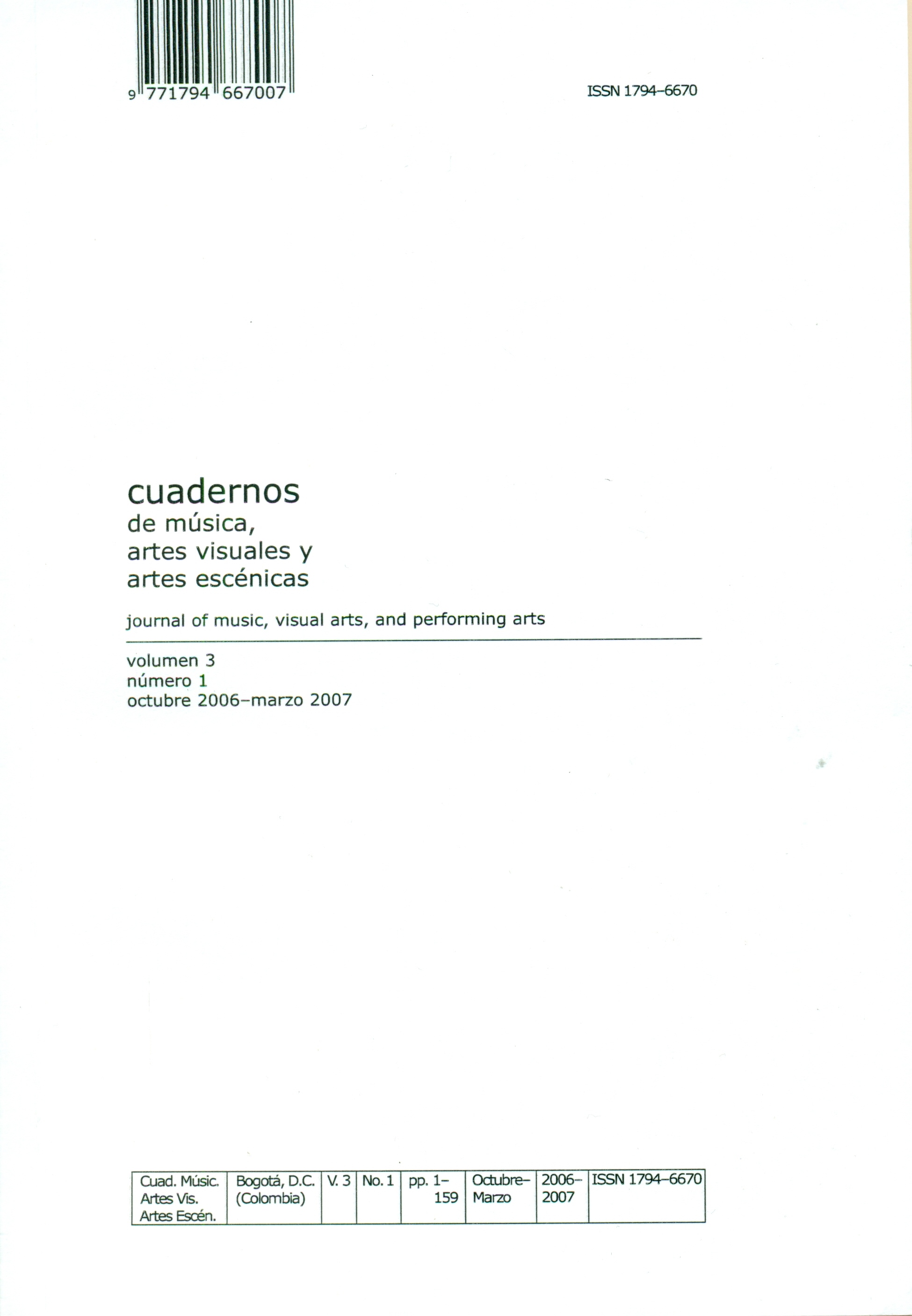Abstract
This text is born of an intuition of Baudrillard according to which at the present time we attended a regime of the image that imposes a certain way in which the sexuality is related to the image of the body. In the plane of the image, it is put to the body in exhibition and, to the time, a particular pretension to indicate to sex. Far from confining itself to an intimate experience of desire, the image announces that sex has been stopped in a symbolic relation that is characterized by the promise of fetish, by the possibility of the excitation and the compulsion of seeing; he others, Baudrillard will say, it is Literature. Then, in this test the one interests so much to us as the other. Through eroticism concept we tried to catch what it makes of the sexuality a radically inner experience; by means of the pornography concept we took care of the relation between the body, the image and sex. The first part is dedicated to the concept of pornography like absconded from the analysis of Baudrillard in the Seduction and the symbolic interchange and the death. In second, one is to show that the eroticism concept can be understood like inner experience and conscience of “bet of if.” The third part, it tries to put into play both concepts through literary exercise of Miller and Jelinek with the purpose of establishing the general frame of the problem of the boundary between the image “porno” and the eroticism like inner experience. The final part is dedicated to expose some questions that are born of the contrast of the concepts of eroticism and pornography.This journal is registered under a Creative Commons Attribution 4.0 International Public License. Thus, this work may be reproduced, distributed, and publicly shared in digital format, as long as the names of the authors and Pontificia Universidad Javeriana are acknowledged. Others are allowed to quote, adapt, transform, auto-archive, republish, and create based on this material, for any purpose, provided the authorship is duly acknowledged, a link to the original work is provided, and it is specified if changes have been made. Pontificia Universidad Javeriana does not hold the rights of published works and the authors are solely responsible for the contents of their works; they keep the moral, intellectual, privacy, and publicity rights.
Approving the intervention of the work (review, copy-editing, translation, layout) and the following outreach, are granted through an use license and not through an assignment of rights. This means the journal and Pontificia Universidad Javeriana cannot be held responsible for any ethical malpractice by the authors. As a consequence of the protection granted by the use license, the journal is able to publish retractions or to correct information already published. Publishing contents in this journal does not generate royalties for contributors.


